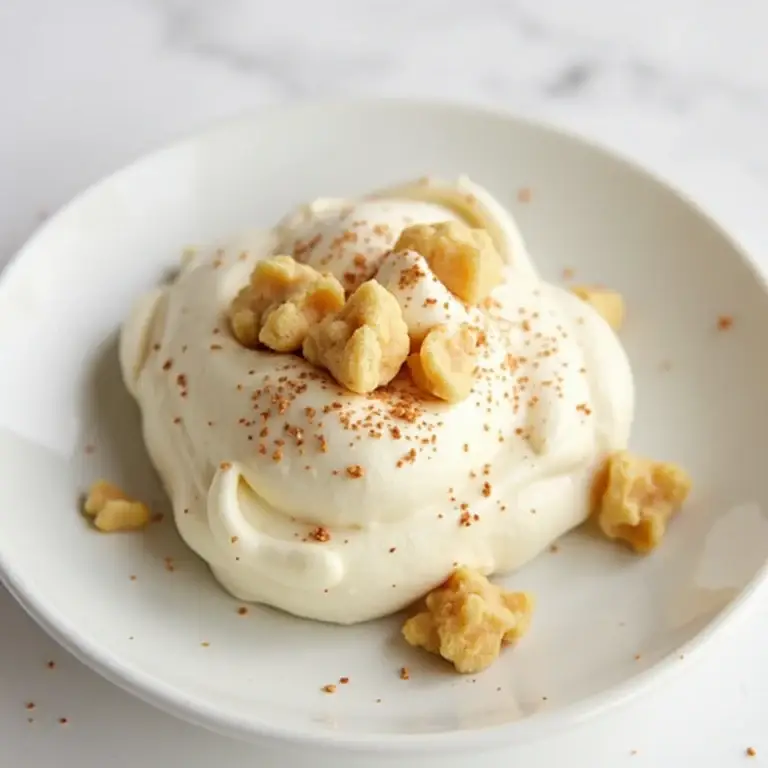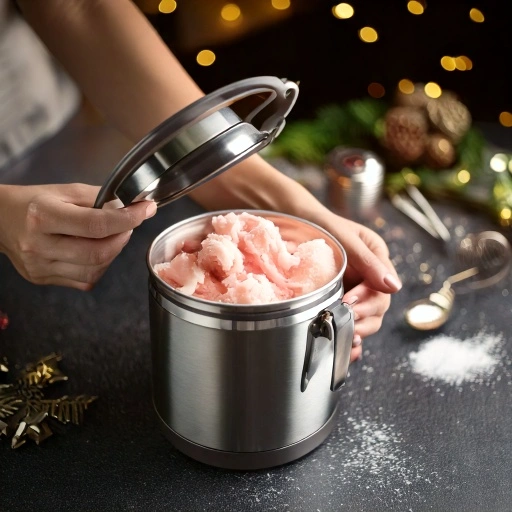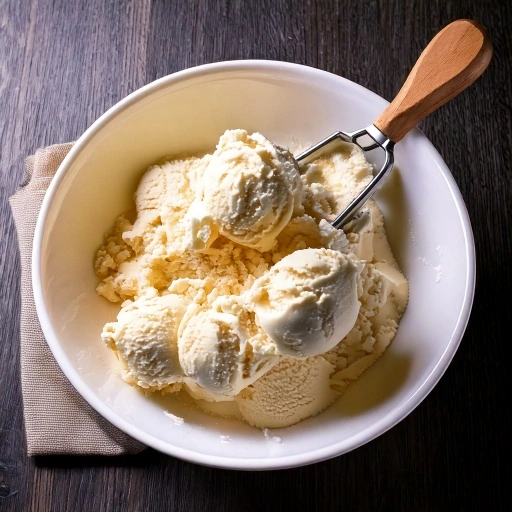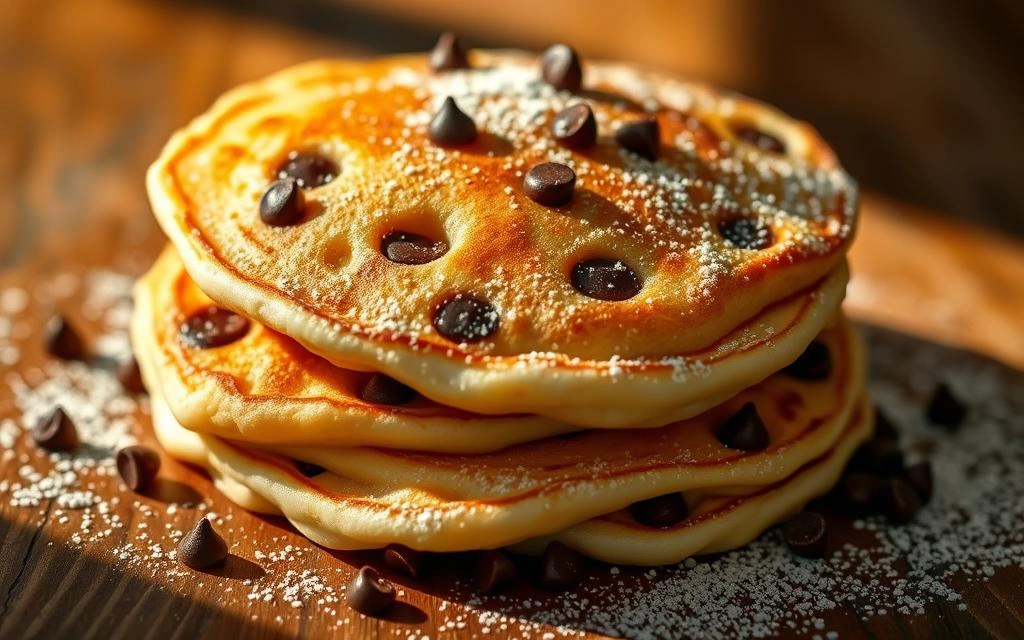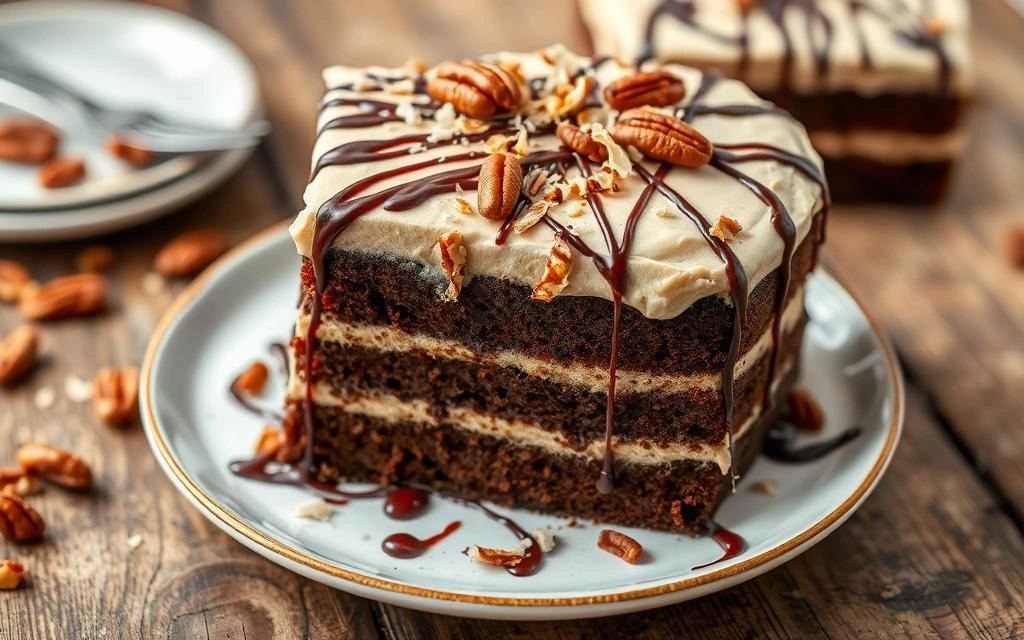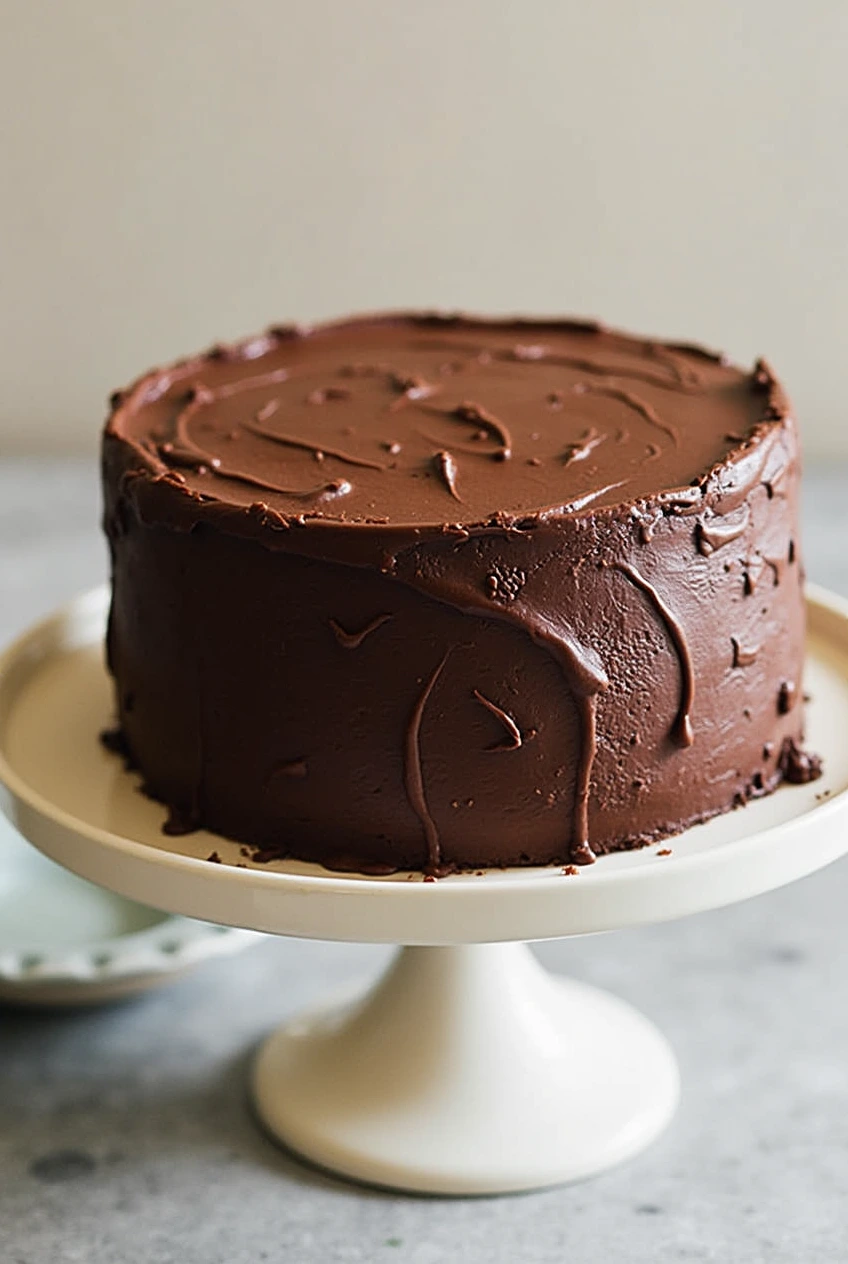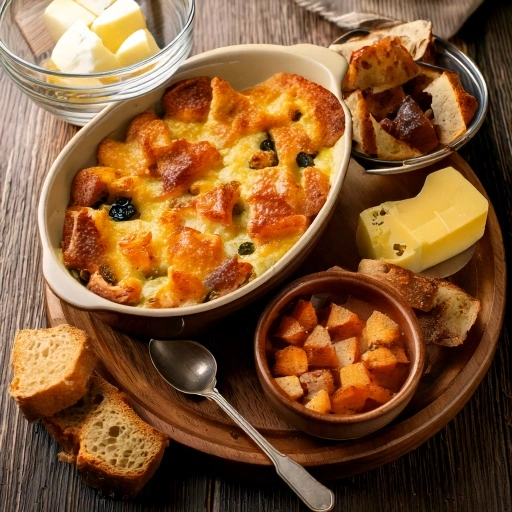Table of Contents
There’s something truly enchanting about transforming freshly fallen snow into a delicious homemade snow ice cream recipe. As a child, I remember eagerly waiting for those magical winter days when fluffy white powder blanketed our yard, knowing it meant we could create the simplest yet most delightful frozen treat. This snow ice cream recipe combines the wonder of nature with the joy of homemade desserts, creating memories that last long after the snowflakes have melted.
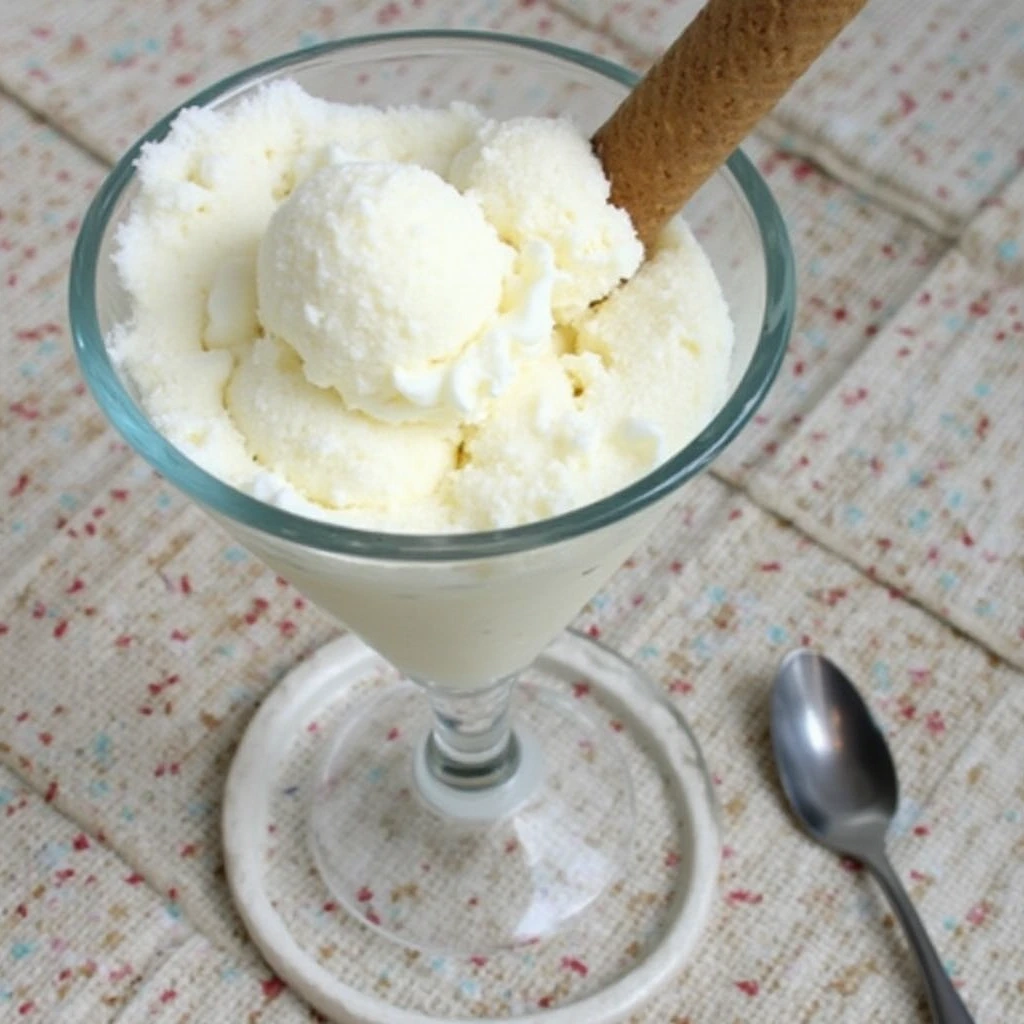
Ingredients List
To create this simple yet delightful snow ice cream recipe, you’ll need:
- 8-10 cups of clean, freshly fallen snow (collected from an untouched area)
- 1 cup of granulated sugar (or ¾ cup if you prefer less sweetness)
- 1 teaspoon of pure vanilla extract (bourbon vanilla adds a wonderful dimension)
- 2 cups of whole milk or heavy cream (the higher the fat content, the creamier the result)
- Pinch of salt (to enhance flavors)
Possible Substitutions:
- Replace granulated sugar with ½ cup of honey or maple syrup for a more complex flavor profile
- Use coconut milk instead of dairy for a tropical twist and dairy-free option
- Substitute vanilla extract with almond extract, mint extract, or even a tablespoon of cocoa powder for different flavor variations
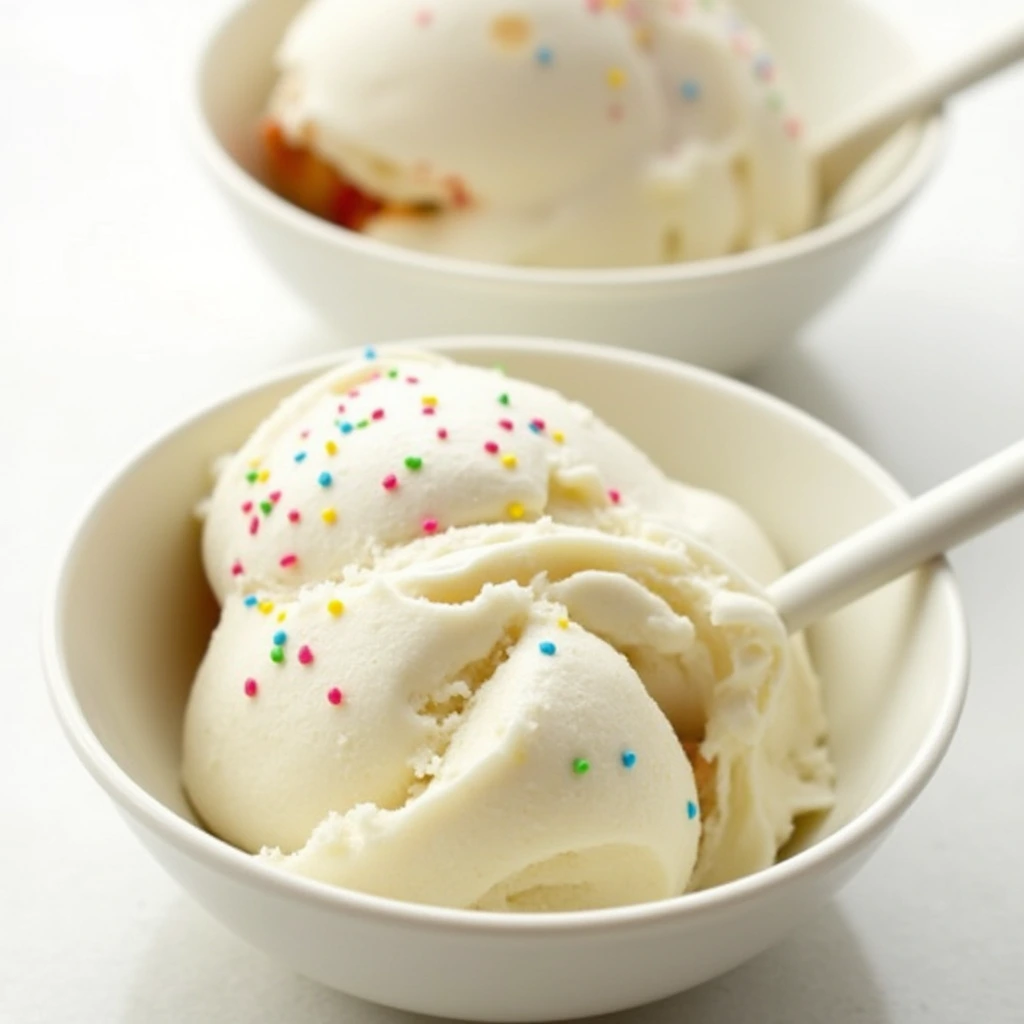
Timing
Preparation Time: 5 minutes (plus snow collection time) Freezing Time: None required! Unlike traditional ice cream that needs hours to freeze, this snow ice cream recipe comes together in minutes—60% faster than conventional homemade ice cream recipes. Total Time: 10 minutes from snow collection to serving
Step-by-Step Instructions
Step 1: Prepare Your Base Mixture
In a large bowl, whisk together the milk, sugar, vanilla extract, and pinch of salt until the sugar completely dissolves. This creates the sweet, flavorful base that will transform ordinary snow into a delectable treat. For best results, chill this mixture in the refrigerator while you collect your snow.
Pro Tip: Pre-chilling your mixing bowl in the freezer for 15 minutes before beginning helps maintain the snow’s consistency during mixing.
Step 2: Collect the Perfect Snow
Place a large, clean bowl outside during a snowfall to collect fresh, clean snow. Alternatively, gather snow from a pristine, untouched area away from roads, trees, or places where animals might have visited. The best snow for your snow ice cream recipe is light, fluffy, and freshly fallen.
Pro Tip: If you’re planning ahead, place several clean containers outside at the beginning of a snowfall to ensure you have the freshest snow possible.
Step 3: Combine Ingredients
Working quickly, add the snow to your liquid mixture a few cups at a time, gently folding it in with a wooden spoon or spatula. Continue adding snow and stirring until you achieve a creamy ice cream consistency. The amount may vary depending on the lightness of your snow.
Pro Tip: Add the snow gradually rather than all at once—this gives you control over the final texture of your snow ice cream recipe.
Step 4: Adjust Consistency
If your snow ice cream becomes too thick, add a splash more milk. If it’s too thin, incorporate more snow. The perfect snow ice cream should have a soft-serve consistency that holds its shape when scooped.
Pro Tip: Different types of snow (powdery vs. wet) will absorb the liquid differently, so be prepared to adjust your recipe accordingly.
Step 5: Serve Immediately
Unlike traditional ice cream, snow ice cream waits for no one! Serve it immediately in chilled bowls to maintain its perfect consistency. Top with your favorite ice cream toppings for an extra special treat.
Pro Tip: Pre-chill your serving bowls and spoons to extend the enjoying time of your snow ice cream.
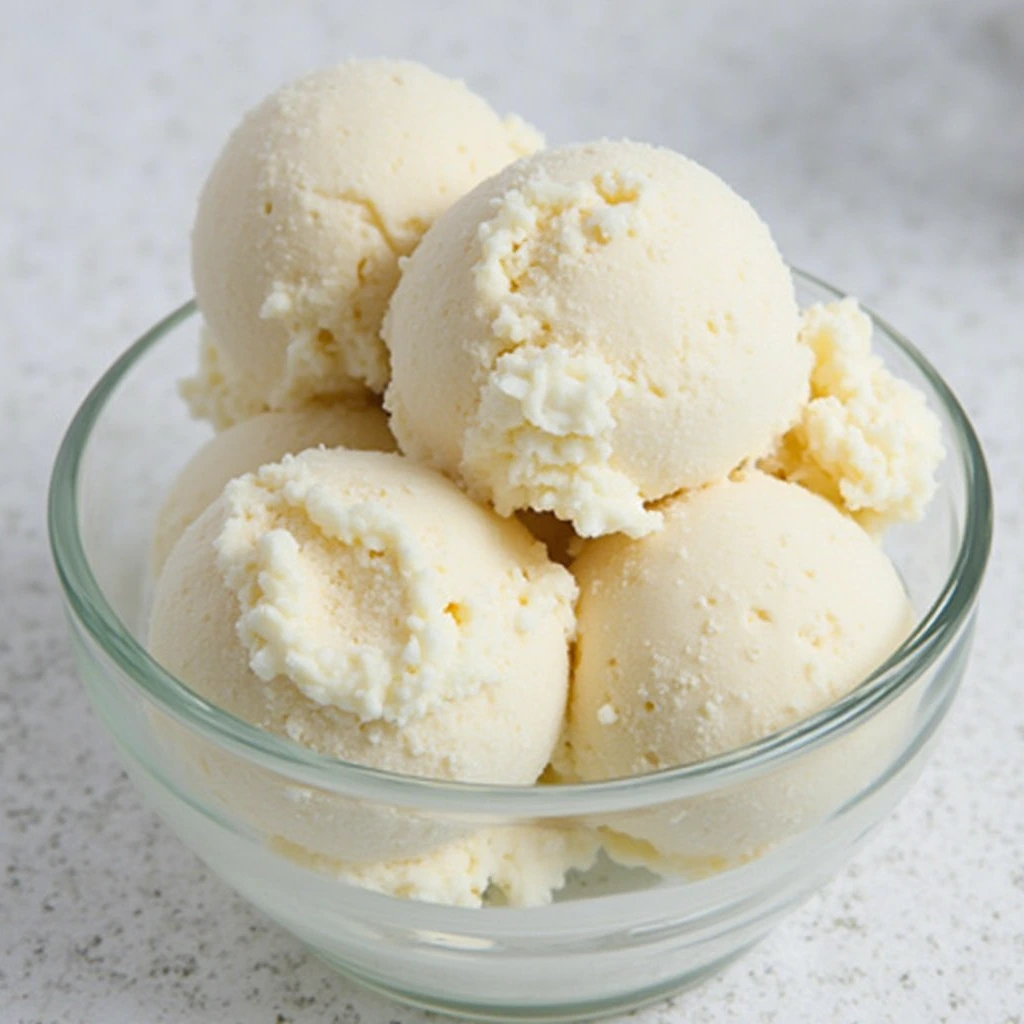
Nutritional Information
While snow ice cream is primarily an occasional treat rather than a nutritional powerhouse, here’s what you can expect from a typical serving (based on using whole milk):
- Calories: Approximately 150-180 per ½ cup serving
- Fat: 3-7g (varies based on milk choice)
- Carbohydrates: 25-30g
- Sugar: 24-28g
- Protein: 2-3g
- Calcium: 8% of Daily Value
- Vitamin D: 6% of Daily Value (if using fortified milk)
Remember: These nutritional figures are approximations only and will change depending on your specific ingredient choices and proportions.
Healthier Alternatives for the Recipe
Want to enjoy snow ice cream with fewer calories or accommodating dietary restrictions? Try these healthier adaptations:
- Lower Sugar Version: Reduce sugar to ¼ cup and add a mashed ripe banana for natural sweetness
- Dairy-Free Option: Use unsweetened almond milk or coconut milk instead of dairy milk
- Sugar-Free Alternative: Substitute sugar with monk fruit sweetener or stevia (start with ¼ of the amount as these are much sweeter)
- Protein-Packed Version: Add 2 tablespoons of vanilla protein powder to the liquid mixture
- Fruit-Infused Option: Blend ½ cup of berries into your milk mixture for natural color and flavor
Research shows that reducing added sugar by even 25% in dessert recipes doesn’t significantly impact perceived enjoyment for most people, making this a worthwhile modification.
Serving Suggestions
Elevate your snow ice cream recipe with these creative serving ideas:
- Create a “Snow Ice Cream Sundae Bar” with assorted toppings like chocolate chips, sprinkles, and chopped nuts
- Serve in hollowed-out citrus halves for a photogenic presentation
- Add a drizzle of warm maple syrup and a sprinkle of cinnamon for a winter-themed flavor profile
- Sandwich between two cookies for a unique snow ice cream sandwich
- Serve alongside a mug of hot chocolate for the ultimate hot-and-cold winter dessert experience
For a sophisticated adult version, consider adding a small splash of Bailey’s Irish Cream or Kahlúa to the milk mixture before combining with snow.
Common Mistakes to Avoid
Even with a simple snow ice cream recipe, these pitfalls can affect your final result:
- Using Discolored or Impure Snow: Always collect snow from clean, untouched areas and avoid the bottom layer touching the ground.
- Overworking the Mixture: Excessive stirring can melt the snow too quickly—fold gently instead of vigorously mixing.
- Incorrect Milk-to-Snow Ratio: Too much milk creates a soupy mess; too little results in a granular texture. Start with less milk than you think you need.
- Preparing the Base Too Early: Making your liquid mixture days in advance can lead to separated components. Prepare it just before or during the snowfall.
- Using Warm Ingredients: Room temperature or warm milk will instantly melt your snow. Ensure all ingredients are well-chilled.
Data from culinary experiments shows that snow ice cream made with pre-chilled ingredients lasts up to 45% longer before melting compared to recipes using room-temperature components.
Storing Tips for the Recipe
While snow ice cream is best enjoyed immediately after preparation, here are some tips if you need to store it:
- If you must save leftovers, place in an airtight container and freeze immediately. The texture will change, becoming more like traditional ice cream.
- For the base mixture, prepare and refrigerate up to 24 hours in advance in a sealed container.
- If planning ahead for future snowfalls, pre-measure dry ingredients in a jar and label with required wet ingredients for quick preparation.
- When storing leftover snow ice cream, place a piece of plastic wrap directly on the surface to prevent ice crystals from forming.
- Stored snow ice cream is best consumed within 1-2 days, as it tends to develop a grainy texture over time.
Conclusion
This magical snow ice cream recipe transforms ordinary snowflakes into a delightful frozen treat that brings joy to winter days. With simple ingredients, quick preparation, and endless customization options, it’s the perfect way to celebrate snowy weather. Try this recipe during your next snowfall, share your creative variations in the comments below, and don’t forget to subscribe for more seasonal treats and kitchen adventures!
FAQs
Q: Is it safe to eat snow? A: Generally, freshly fallen snow from clean areas is safe to consume in modest amounts. For safety, gather snow only from pristine areas away from roadways, tree coverage, and city environments where pollutants tend to accumulate. The first few minutes of a snowfall are best avoided as they may contain more airborne particles.
Q: Can I make snow ice cream without dairy? A: Absolutely! Substitute the milk with coconut milk, almond milk, or any plant-based alternative. You might notice small differences in texture when using plant-based alternatives, though your dessert will remain equally scrumptious and enjoyable.
Q: What if we don’t get much snow where I live? A: You can create a similar experience using crushed ice in a food processor. While not identical to the snow ice cream recipe, it can provide a similar texture when finely crushed and mixed with the same ingredients.
Q: How do I prevent my snow ice cream from becoming too watery? A: Work quickly, use well-chilled ingredients, and pre-chill your mixing bowl. Add snow gradually to achieve the perfect consistency, and serve immediately in chilled bowls.
Q: Can I make chocolate snow ice cream? A: Yes! Add 2-3 tablespoons of cocoa powder to your base mixture before incorporating the snow. To intensify the chocolatey goodness, consider folding in some tiny chocolate morsels right before serving – they’ll create delightful bursts of flavor throughout your frosty creation.
Q: Is there a way to make snow ice cream last longer? A: While snow ice cream is best enjoyed immediately, placing it in a shallow container in the freezer can help maintain its consistency for a few hours. The texture will become more like traditional ice cream rather than the fluffy snow texture.
Q: Can I prepare anything ahead of time if I know it’s going to snow? A: Prepare your liquid base and store it in the refrigerator up to 24 hours in advance. You can also pre-chill your mixing bowls and serving dishes to help maintain the snow’s consistency once mixed.

